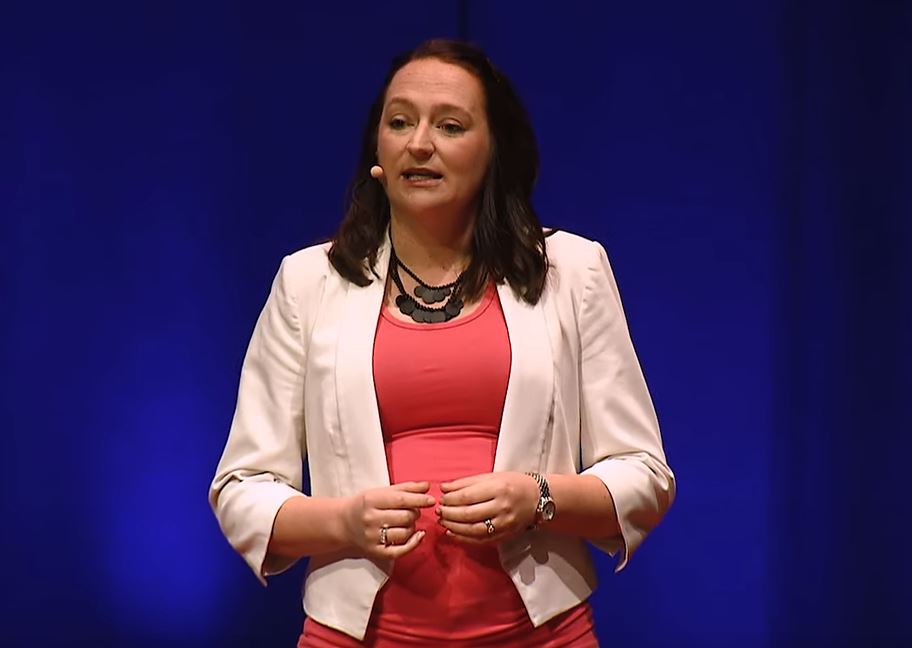Search
Research
Reduction in disparity for pneumonia hospitalisations between Australian indigenous and non-Indigenous childrenIn the 1990s pneumonia hospitalisation rates in Western Australia (WA) were 13 times higher in Indigenous children than in non-Indigenous children...
Research
Hospitalisation for bronchiolitis in infants is more common after elective caesarean deliveryThe authors previously reported an increased risk of hospitalisation for acute lower respiratory infection up to age 2 years in children delivered by...
Research
A retrospective population-based cohort study identifying target areas for prevention of acute lower respiratory infections in childrenAcute lower respiratory infections (ALRI) are a major cause of hospitalisation in young children
Research
Evaluation of impact of 23 valent pneumococcal polysaccharide vaccine following 7 valent pneumococcal conjugate vaccine in Australian Indigenous children.Background: High incidence and serotype diversity of invasive pneumococcal disease (IPD) in Indigenous children in remote Australia led to rapid introduction of

News & Events
Sharing the power of data at TEDx PerthDr Hannah Moore was one of WA’s brightest minds chosen to speak at TEDX Perth in November last year, presenting her insights into the power of data in fighting infectious diseases to a sold-out crowd at the Perth Concert Hall.
Research
Systematic review and meta-analysis of respiratory viral coinfections in childrenCoinfection is not associated with increased clinical severity, but further investigations by pathogen pairs are warranted
Research
Optimization is required when using linked hospital and laboratory data to investigate respiratory infectionsChart review to validate linked microbiological data
Research
Optimising the use of linked administrative data for infectious diseases research in AustraliaIncreased collaboration and engagement across all sectors can optimise the use of linked data to help reduce the burden of infectious diseases
Research
Pneumococcal Conjugate Vaccines Are Protective Against Respiratory Syncytial Virus Hospitalizations in Infants: A Population-Based Observational StudyPneumococcal conjugate vaccines (PCV) reduced the risk of respiratory syncytial virus (RSV) in a randomized clinical trial. We aimed to assess the real-world effectiveness of PCV on RSV-hospitalizations among Western Australian infants.
Research
Liver and cardiometabolic markers and conditions in a cross-sectional study of three Australian communities living with environmental per- and polyfluoroalkyl substances contaminationPer- and polyfluoroalkyl substances (PFAS) have been associated with higher cholesterol and liver function markers in some studies, but the evidence for specific cardiometabolic conditions has been inconclusive.
